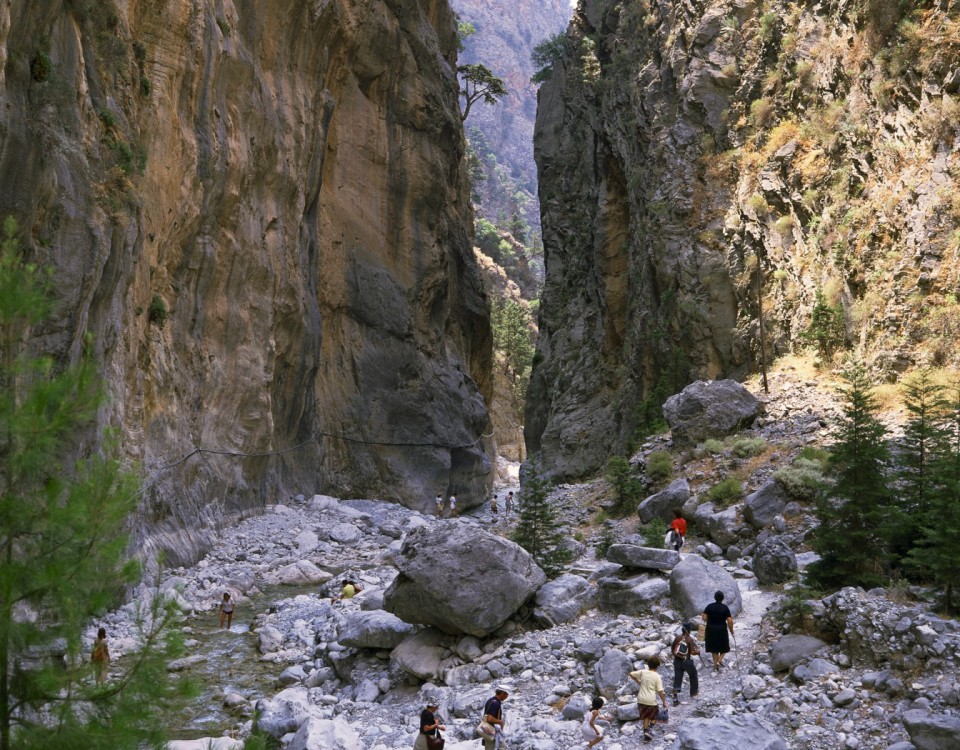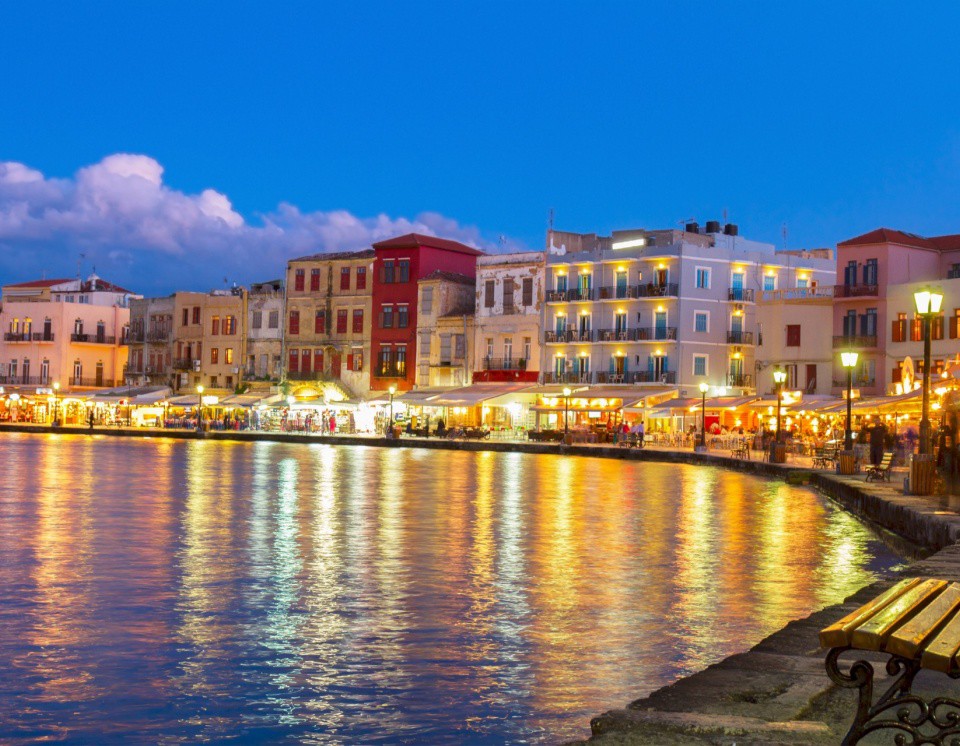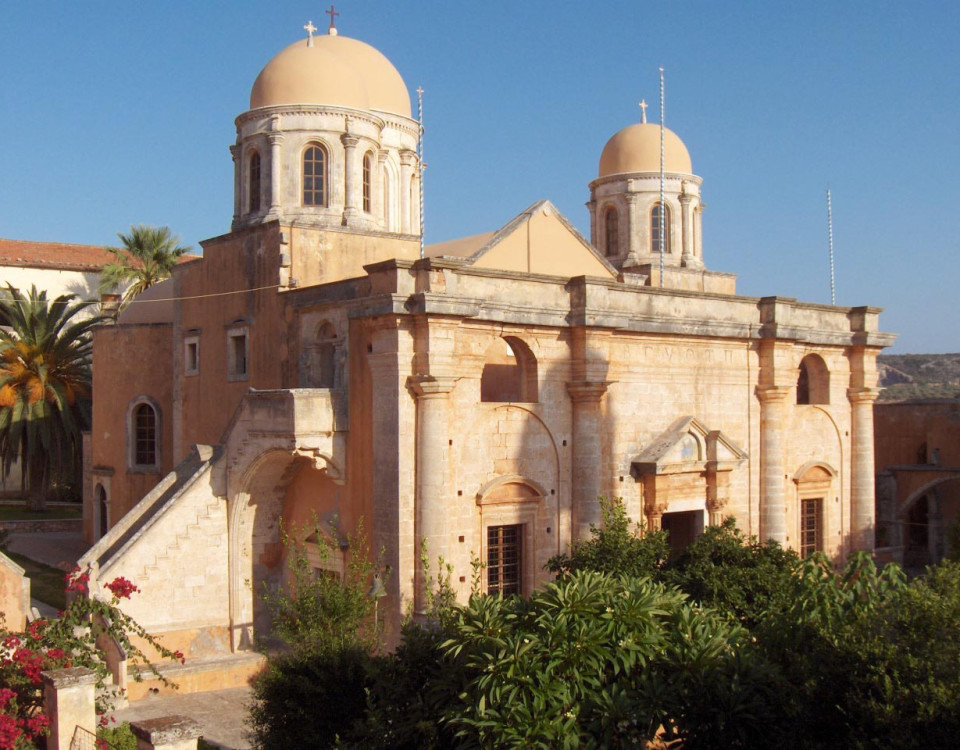- Taxi Transfers in Chania, Crete
- info@taxichaniacrete.gr
- +30 6943444744

A list of Attractions / Museums
March 21, 2016
Monastery of Agia Triada Tzagarolon
March 21, 2016The Minoan palace is the main site of Knossos (Knossos), an important city in antiquity, with continuous life from the Neolithic period to the 5th century. It is built on the hill of Kefalas, with easy access to the sea and the island of Crete. According to tradition, it was the seat of the wise king Minos. Exciting myths of the Labyrinth with the Minotaur and of Daedalus and Icarus are linked with the palace of Knossos. The first excavations were made in 1878 by the Herakleion Minos Kalokerinos. This was followed by the excavations conducted by the Englishman Sir Arthur Evans (1900-1913 and 1922-1930) who revealed the entire palace. The oldest traces of habitation in the area of the palace date back to the Neolithic period (7000-3000 BC). The inhabitant continues in pre palatial period (3000-1900 BC), after which the area was leveled for the construction of a great palace. This first palace was destroyed, probably by an earthquake, in about 1700 BC. The second, magnificent palace was built on the ruins of the old. After partial destruction in 1450 BC, Mycenaeans settled in Knossos. The palace was finally destroyed about 1350 BC by fire. The area is inhabited again from the late Mycenaean period to the Roman times. In the palace of Knossos have become widespread restorations by the archaeologist Sir Arthur Evans. It was multi-storied and covered an area of 20,000 sq.m. Impression causes the variety of building materials, painted plaster, the marble decorations and frescoes that adorn rooms and corridors. The high technical knowledge of the Minoans confirm original architectural and structural concepts, such as skylights and polythyra, the use of beams to reinforce the masonry and the complex drainage and water supply network. The palace develops around the large central courtyard, a public meeting space. On the second courtyard on the west, an official access to the palace and ceremonial space.
On the west wing are located the official premises of administrative and religious activities: the Tripartite Shrine, the Sacred Vaults and Hypostyle Crypt. Boasting the Throne Room, with its lustral basin and the alabaster throne flanked by benches. In the south wing main areas are the southern propylon, the Corridor of the Procession and the South Entrance to the mural of the Prince of the Lilies. The east wing included areas of habitation and large reception rooms, in the main Hall of the Double Axes and the Queen’s Hall. These leads to an imposing great staircase. The North Entrance communicated with the port of Knossos. The North Entrance is flanked by raised galleries, of which the west is decorated with mural Hunting Taurus. The large paved processional way, the Royal Road, leads from the Little Palace and the city in the northwest corner of the palace, which shapes an outdoor theater space. Around the palace extended the Minoan settlement and in the hills, the cemeteries. Important buildings of the same period are: South House, the House of the sanctuary, the Little Palace, the Hotel, the Royal Mansion and the Tomb-Temple. From the Roman Knossos important building is the Villa of Dionysus with mosaics (2nd c. AD). In 1961 they discovered Neolithic houses under the courtyard of the palace. The numerous magnificent art findings from the palace, pottery, vessels, figurines, tablets of Linear B, and the original frescoes are the Archaeological Museum of Heraklion.





















